Deadheading is one of those simple garden tasks that can make a big difference.
At its core, deadheading means removing spent flowers, buds, or unnecessary growth so plants can use their energy more effectively.
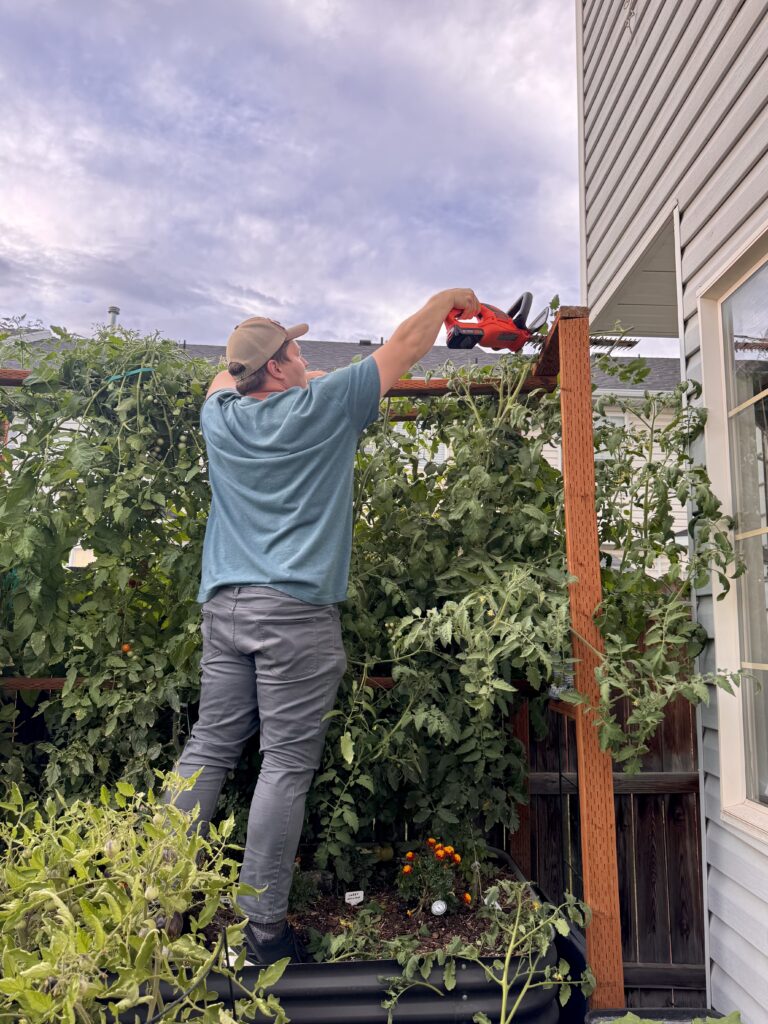
Most gardeners know deadheading as a way to keep flowers blooming longer, but it’s also useful for vegetables and herbs. If done right, deadheading can extend harvests, speed up fruit ripening, and keep your plants looking their best.
In this blog post, I’ll talk more in depth about what deadheading is, how it can benefit your garden, and how to deadhead certain crops.
Let’s get started!
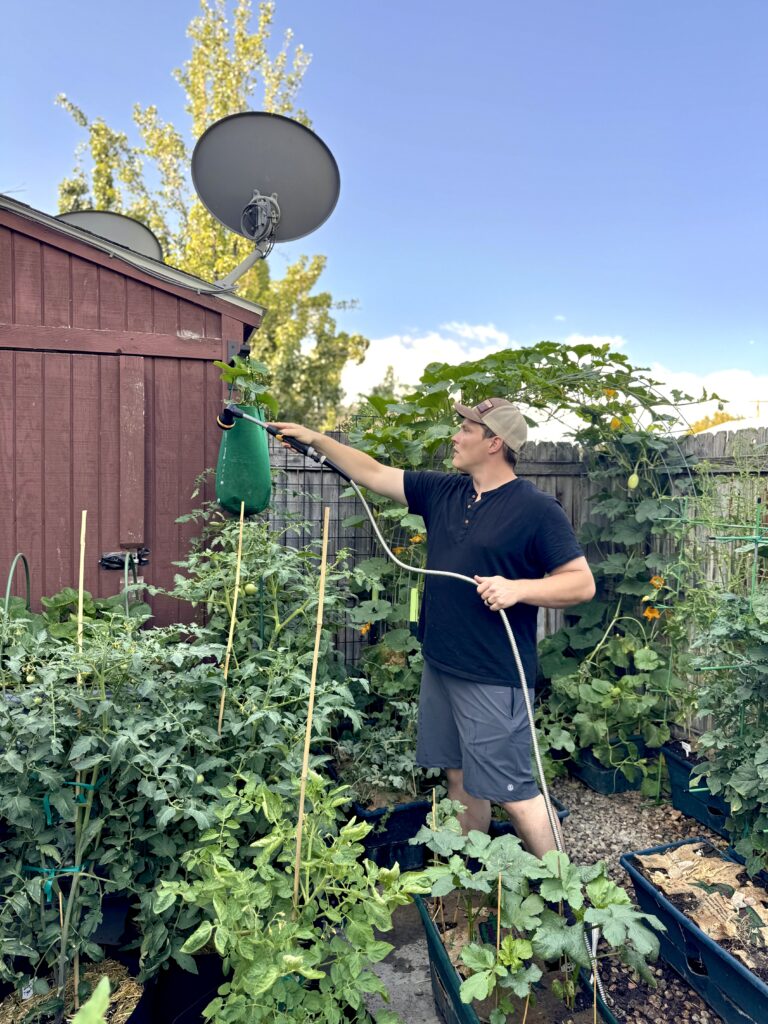
Why Deadhead?
Plants naturally want to reproduce. Once a bloom fades, energy is often directed into seed production. By deadheading, you interrupt that process. Instead of pouring energy into seeds that you may not want, the plant is encouraged to:
- Produce more flowers
- Ripen fruit faster
- Stay leafy and flavorful (for herbs)
- Build stronger roots for next season
- Look tidy and fresh in the garden
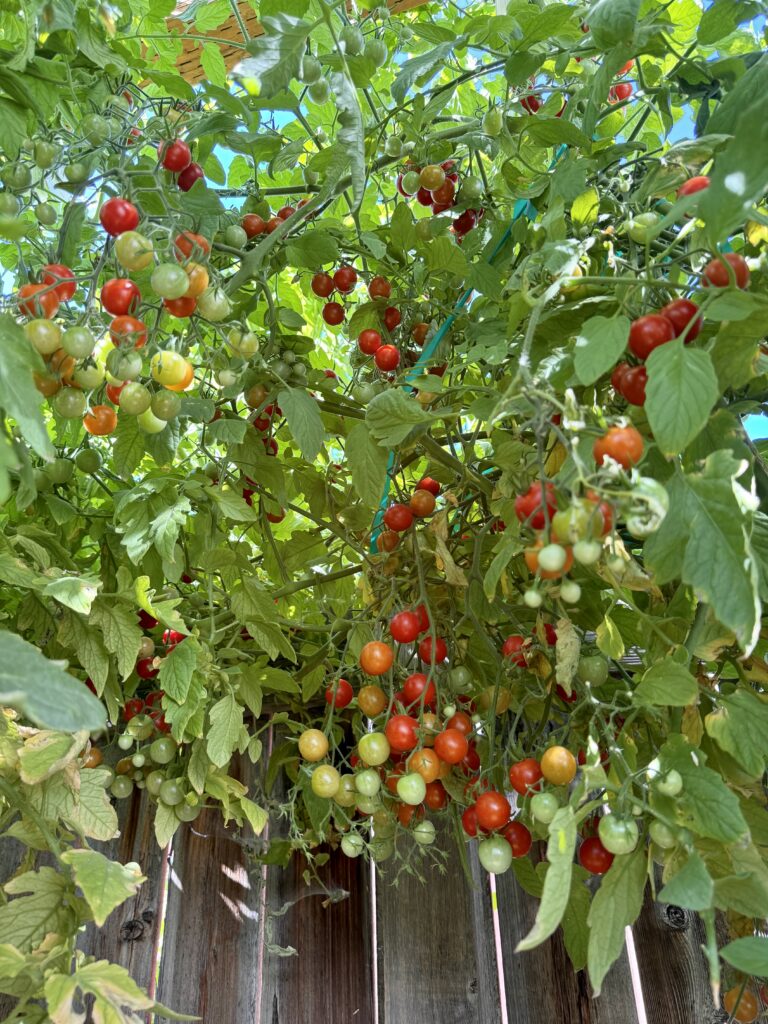
How to Deadhead: Flowers, Vegetables, and Herbs
Flowers
Deadheading serves different purposes for different flowers. See below to know when to deadhead if you are trying to accomplish a specific goal:
To Encourage More Blooms:
- Why: Removing faded flowers tricks the plant into thinking it hasn’t completed its reproductive cycle, so it pushes out more blooms.
- Good for: Roses, zinnias, cosmos, geraniums, marigolds, salvia, echinacea, petunias.
- Result: Longer flowering season and healthier growth.
To Improve Appearance:
- Why: Dead flowers can look brown or messy. Snipping them off keeps the garden looking vibrant.
- Good for: Any ornamental flowers, whether in beds or containers.
To Prevent Self-Seeding:
- Why: Some plants scatter seeds freely and can crowd out other crops. Deadheading stops unwanted reseeding.
- Good for: Coreopsis, columbine, daylilies, black-eyed Susans.
To Build Stronger Perennials:
- Why: Instead of investing in seed production, plants store energy in roots.
- Result: Stronger regrowth the next season.
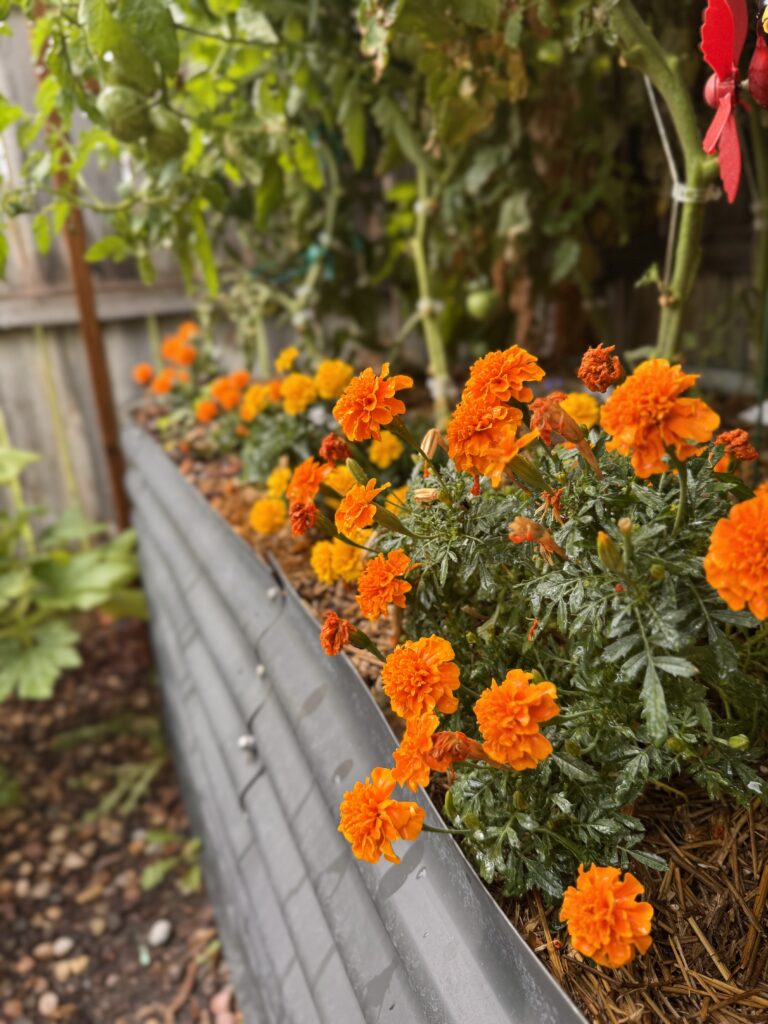
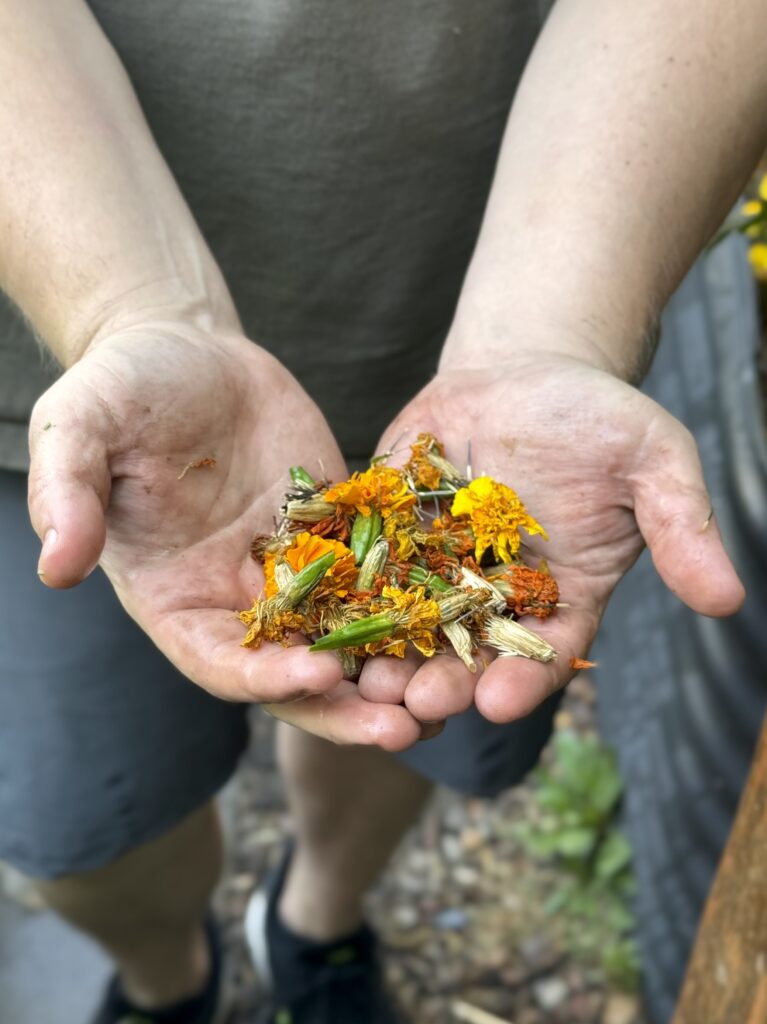
Vegetables and Herbs
Deadheading isn’t just for flowers, and in fact many food crops benefit too. For vegetables, deadheading can mean two things…
- Removing flowers that appear too late in the season.
- Trimming entire growth stems (“topping”) so plants stop making new flowers and direct energy into ripening what’s already there.
Below is a more detailed breakdown for specific vegetables:
Tomatoes
- Flower-only deadheading: Pinch off late-season flowers that won’t mature before frost.
- Stem trimming (“topping”): Cut off the top growing tip about a month before your first frost date. This halts new growth and channels energy into ripening the tomatoes already on the vine.
- Result: Earlier, more even ripening, and better harvest before frost.
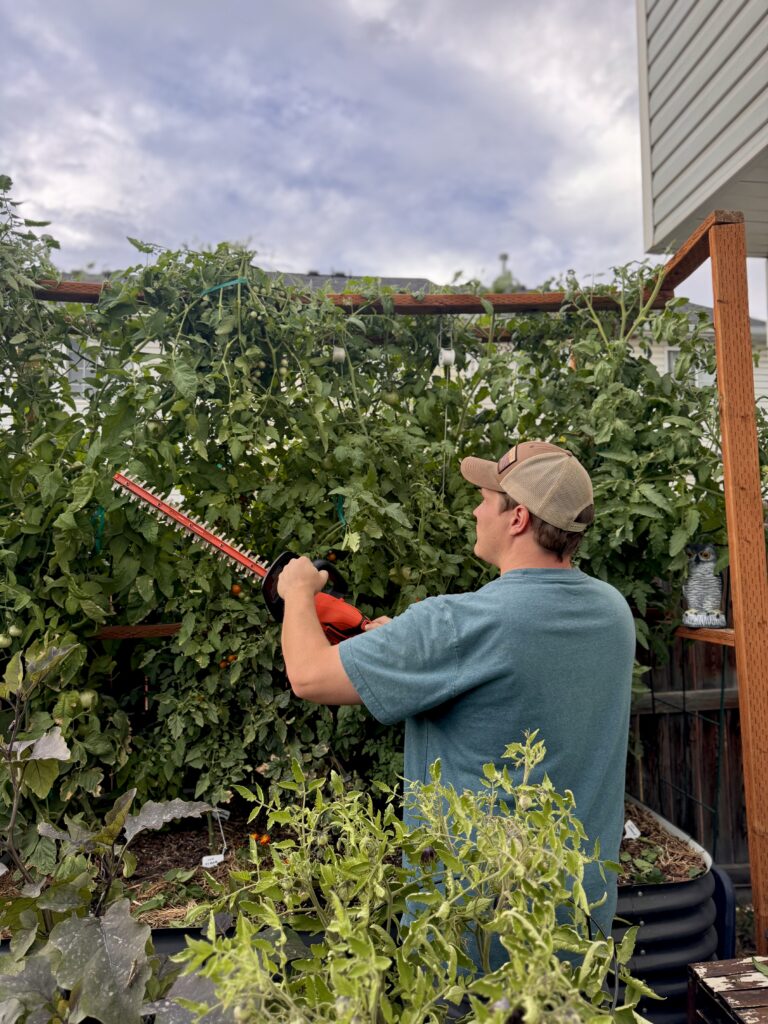
Peppers
- Similar to tomatoes. Removing late flowers or trimming back growth stems helps the plant finish ripening peppers that are already set.
Eggplant
- Can be “topped” late in the season to prevent wasted energy on new flowers and immature fruit. This helps existing fruit size up and ripen fully.
Squash, Zucchini, and Cucumbers
- Usually not topped the same way as tomatoes, but you can remove excess late flowers or stems near season’s end. This conserves energy for the fruit that’s already developing.
Beans
- Continuous harvesting is a form of deadheading. If pods are left to mature into seeds, the plant slows or stops production.
Okra
- Similar to beans: harvesting pods quickly keeps plants in production mode. Leaving pods to mature shuts down future growth.
Herbs (Basil, Mint, Cilantro, Dill, Oregano, Chives)
- Flowering makes many herbs bitter or tough. Snipping flower buds before they bloom keeps leaves tender and flavorful.
Greens (Lettuce, Spinach, Arugula, Mustard)
- Cutting off flower stalks may slow bolting (when plants want to produce seed an may become more bitter in the process) a little, though once greens bolt, leaf quality usually declines.
Root Crops (Carrots, Beets, Radishes, Onions)
- If flower stalks appear, roots often get woody or small. Removing the stalk may buy time, but usually signals the end of the crop’s prime.
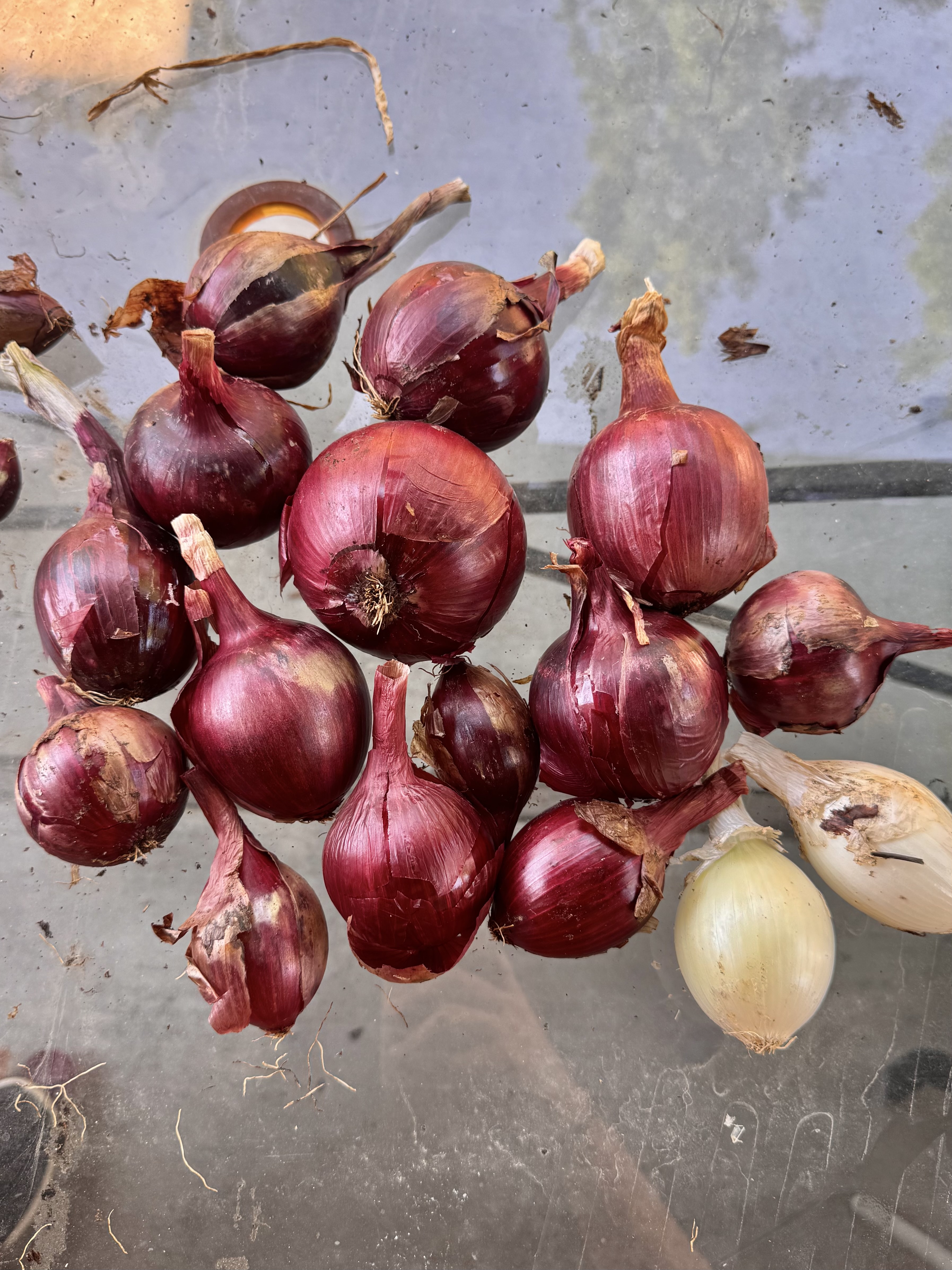
Deadheading FAQ’s
Q: How do I deadhead properly?
Use clean pruners or pinch with your fingers. Cut just above a leaf node or bud where new growth can emerge.
Q: How often should I deadhead?
Check your plants every few days during the growing season. For flowers, remove spent blooms right away. For vegetables, adjust based on your harvest goals (like ripening fruit before frost). With vegetables I only usually worry about topping plants about six weeks before I expect the frost to hit.
Q: Can deadheading hurt the plant?
Not if done correctly. Just avoid removing too many leaves at once, since leaves are needed for photosynthesis.
Q: What do I do with the deadheaded material?
Add it to your compost pile if it’s disease-free. Discard anything with pests or disease.
Q: Is deadheading the same as pruning?
Not exactly. Pruning shapes plants and controls size. Deadheading is more targeted, focused on flowers, pods, or growth tips.
Q: Do all vegetables need deadheading?
No. Leafy greens and root crops are usually harvested before flowering, but many fruiting plants and herbs benefit from it. sometimes this may just be with flower removal or other times by trimming entire growth stems.
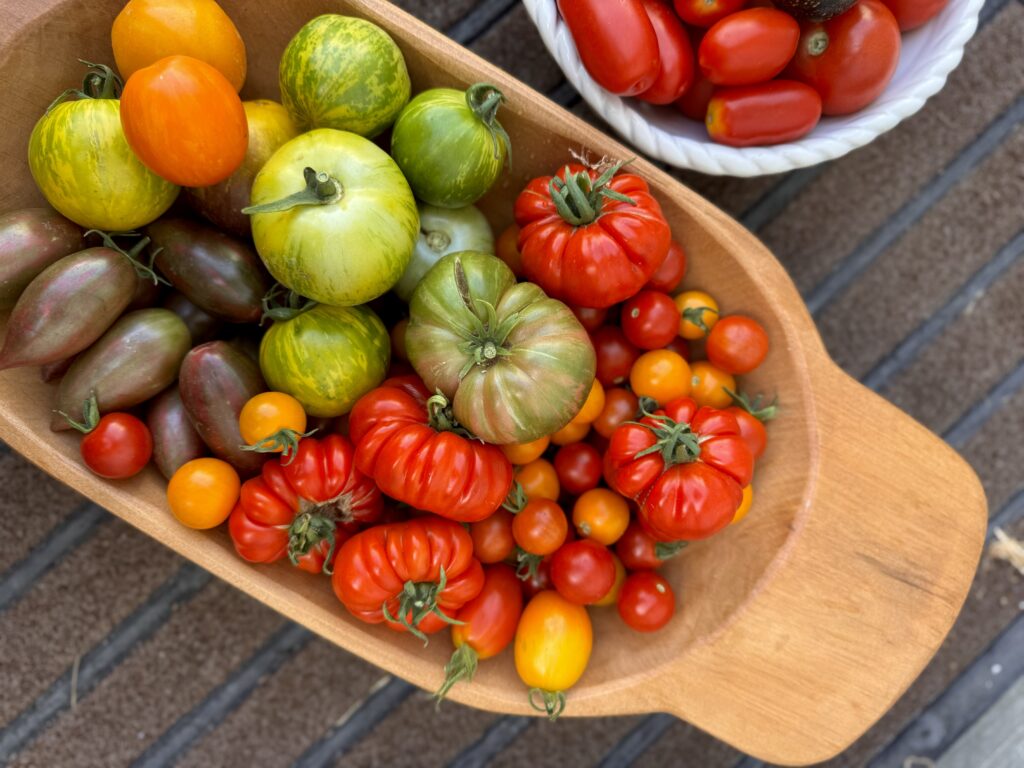
Deadheading may be one of the easiest tasks in the garden, but its effects are powerful. Whether you’re looking for more flowers, tastier herbs, or better vegetable harvests, this simple practice helps direct plant energy where you want it most.
With vegetables like tomatoes, peppers, and eggplants, don’t be afraid to go beyond removing flowers and trim the whole growth stems late in the season to ripen fruit before frost.
Thanks for reading along, guys!
If you enjoyed this blog post, be sure to check out my other gardening blog posts:
- How to Start a Garden on a Budget for Under $100
- Essential and Nice-to-Have Garden Products for Your Perfect Setup
- My Garden Setup: 3 Best Garden Containers for Every Gardener
- Understanding Garden Light and Shade: A Simple Guide
- How to Build a Homemade Trellis Using Cattle Panel
Be sure to follow me on social media for daily content and instructional videos about gardening!

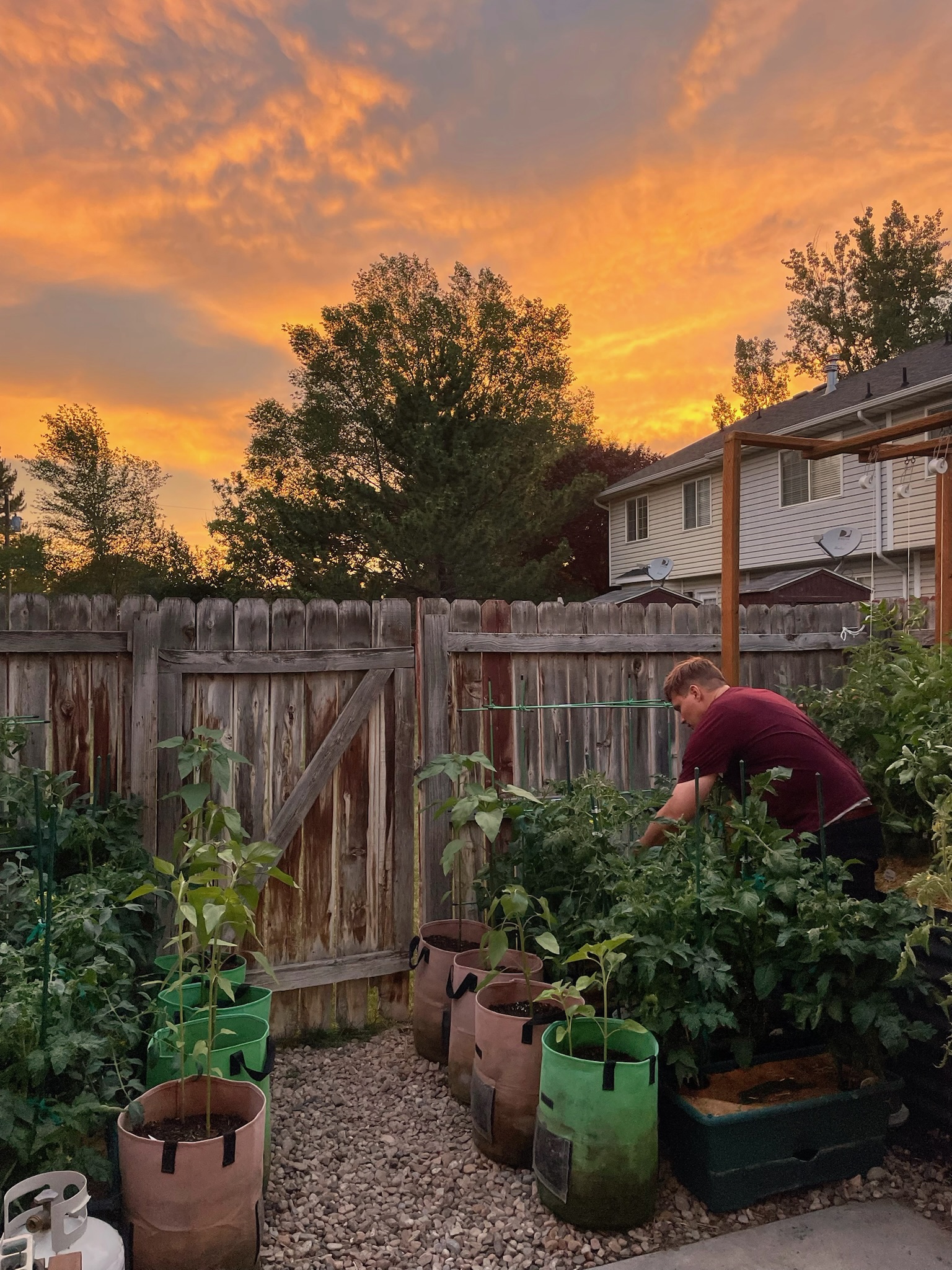



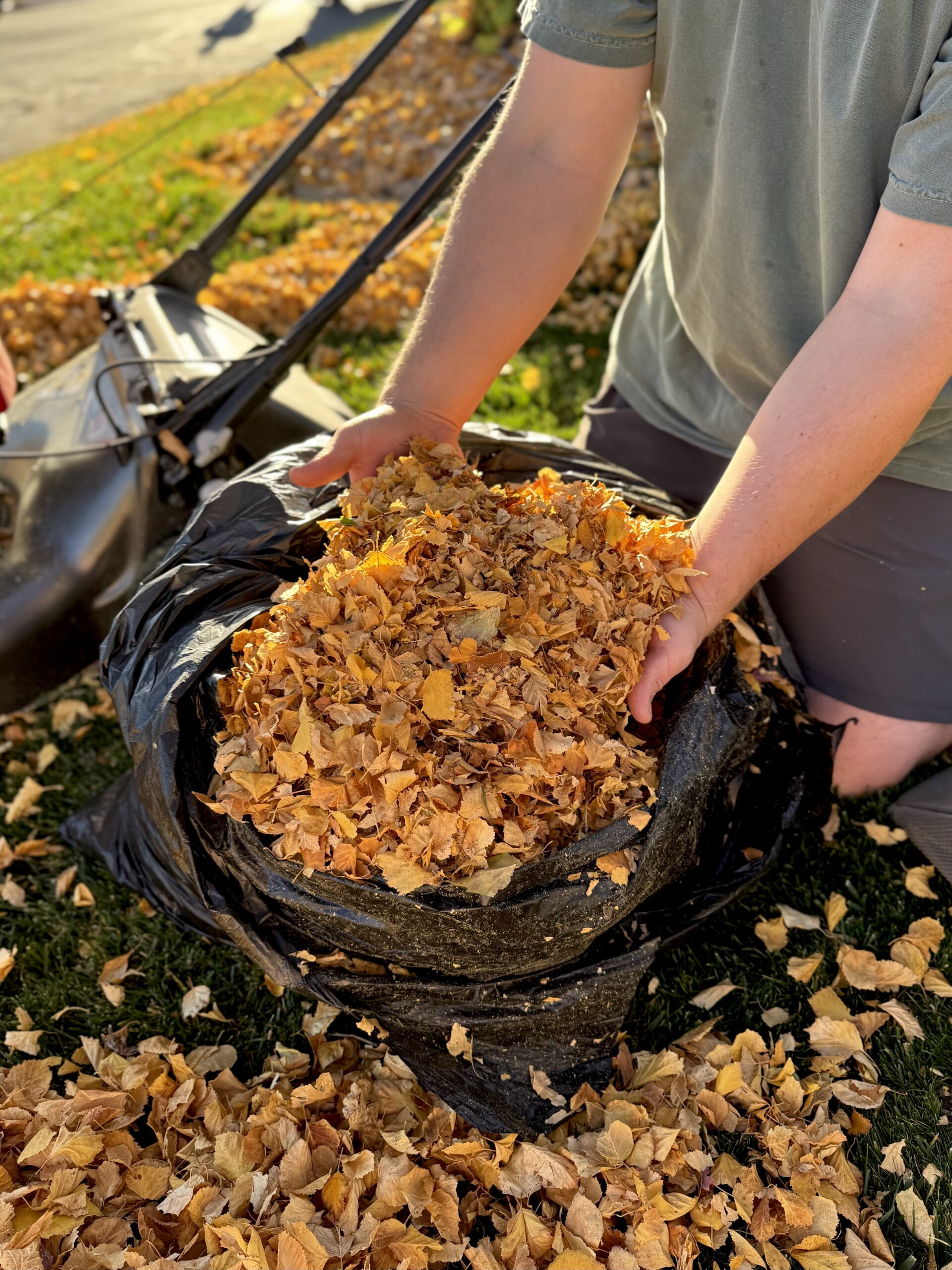
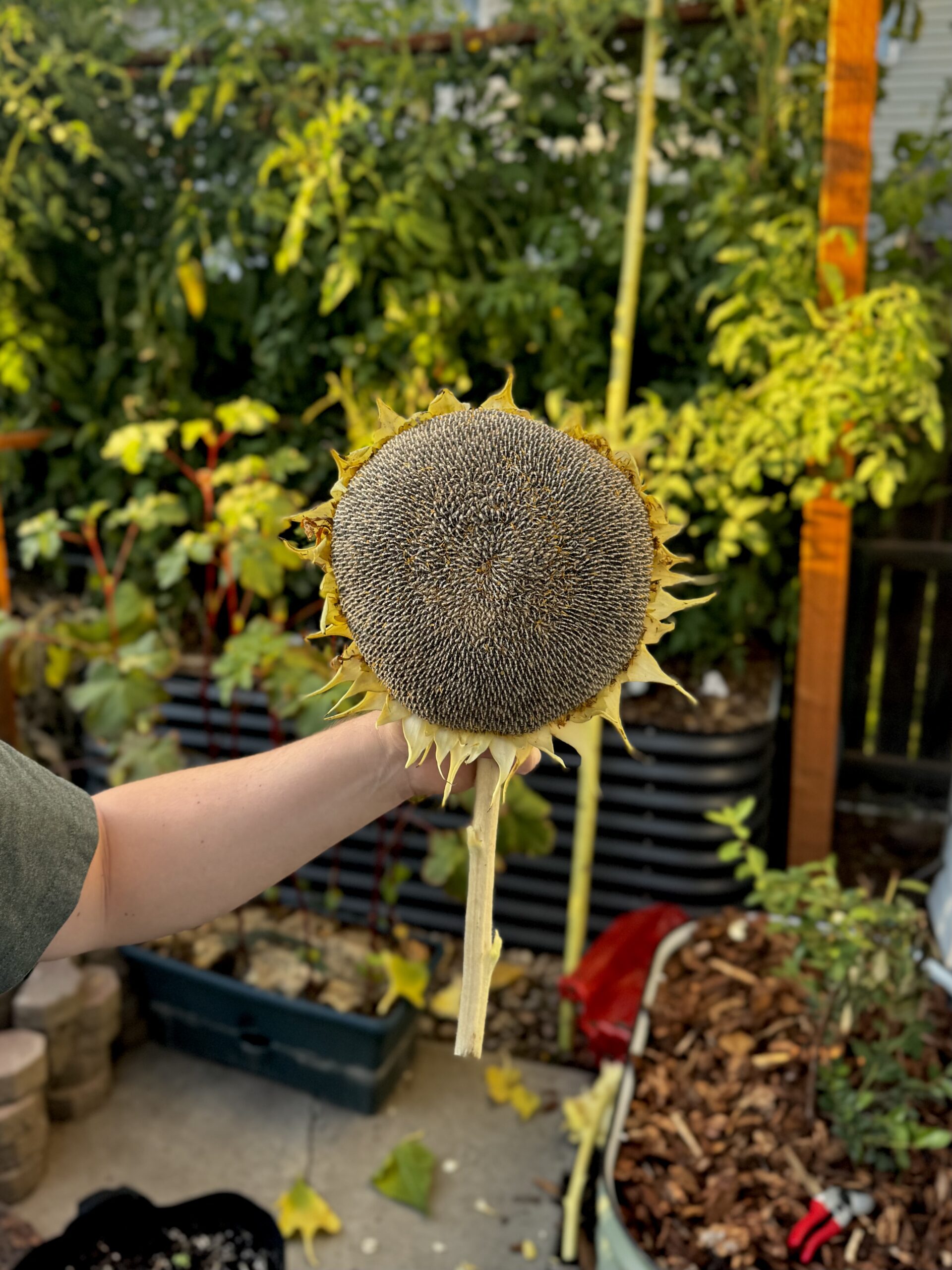
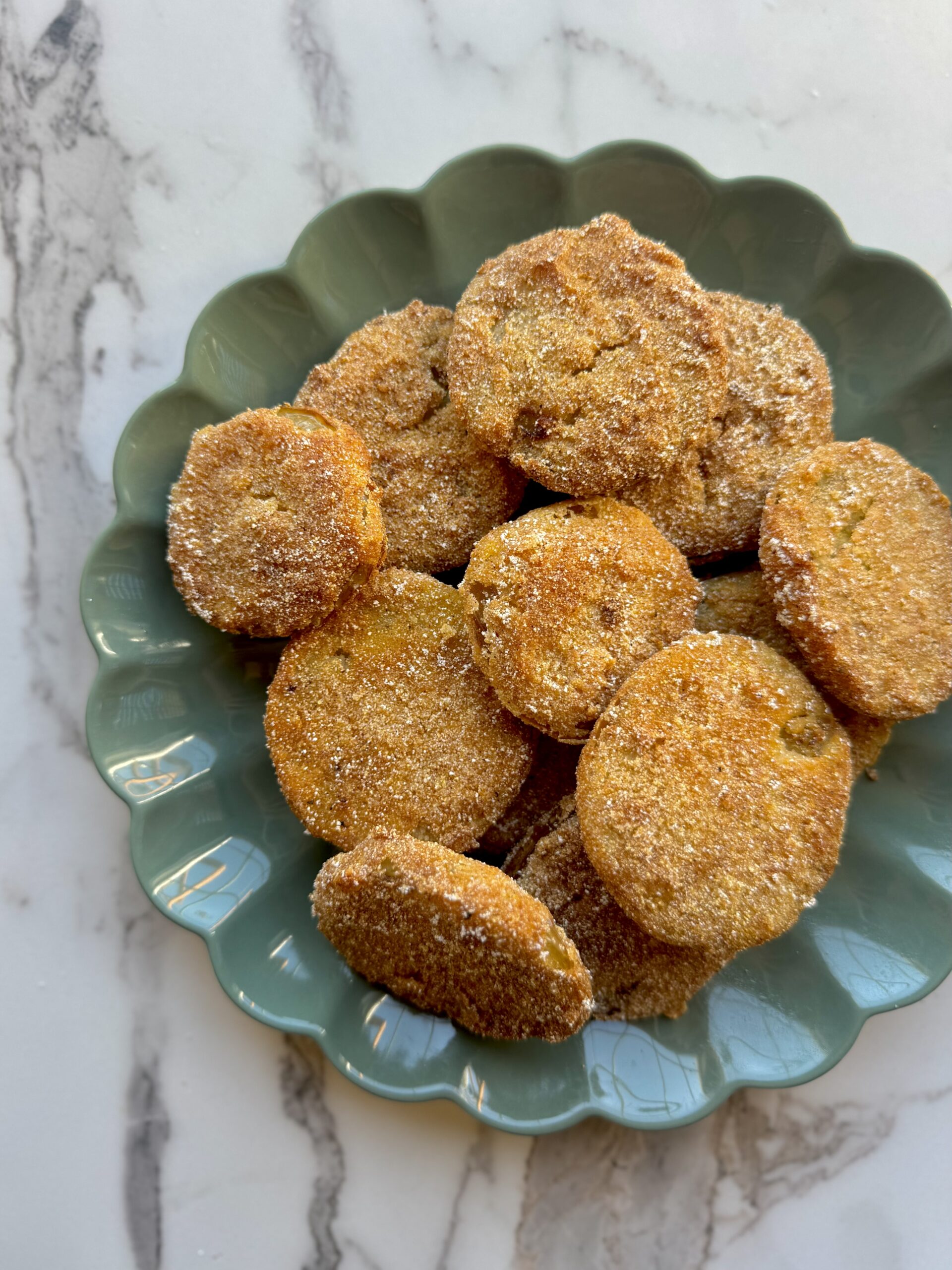
Hi Jeff!
Thank you for this one.You confirmed what I had read that a good way to get more tomatoes (specifically from a nondeterminate variety) was to cut off the top to re-focus the growth.
I have a waaaay beginner question as I begin planning my garden: How long do I harvest? There’s lots of info about starting new seeds as I transplant the first seedlings to keep the harvest going, but how long is that harvest? Will 1 indeterminate tomato plant )assuming I take care of it and it thrives) keep giving me tomatoes until too hot or first? Or do they only give so much before they die off? I cannot find this info anywhere so appreciate you sharin gyour experience.
Hi Robin, that’s a great question! My indeterminate tomatoes will produce until they eventually get killed by the first frost. In theory if you lived somewhere with perfect weather a single tomato plant could last a full year before disease killed it. Keep in mind that tomatoes take a long time to produce fruit! You may not start harvesting until July if you live in the US. Feel free to let me know if you still have any questions.